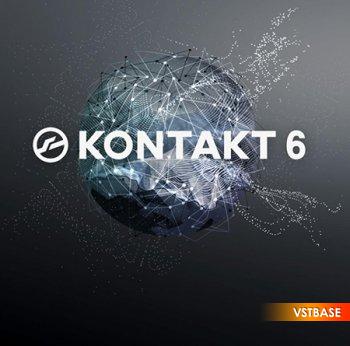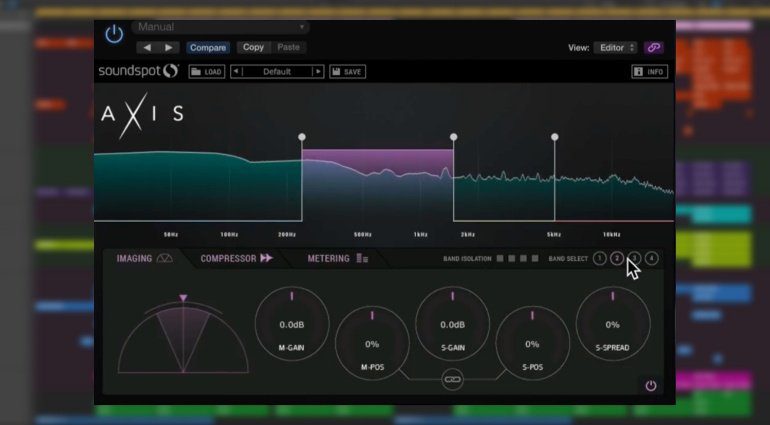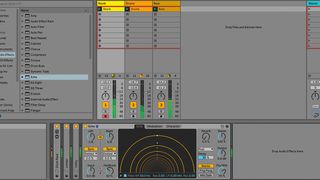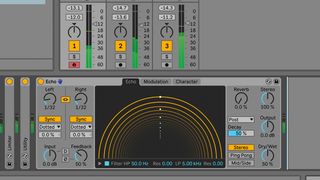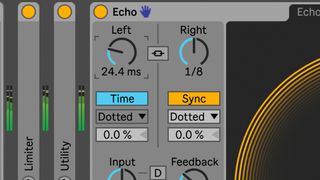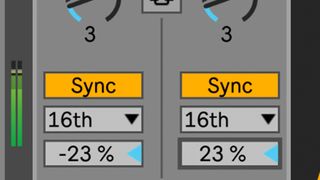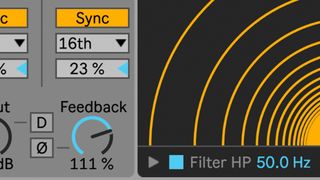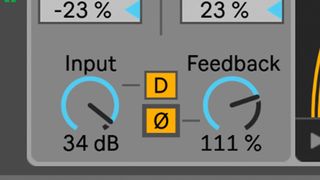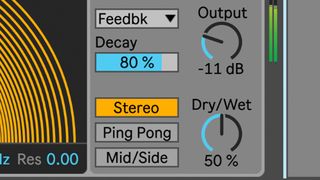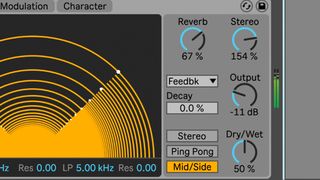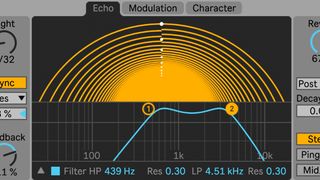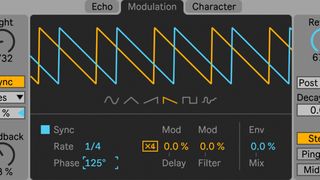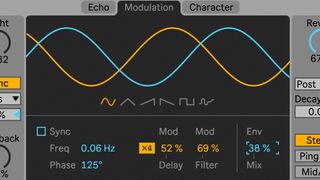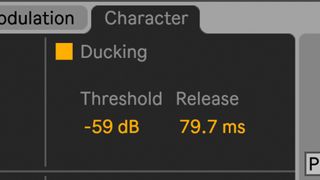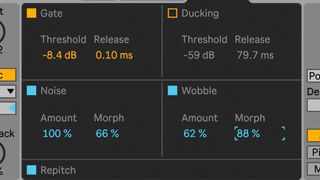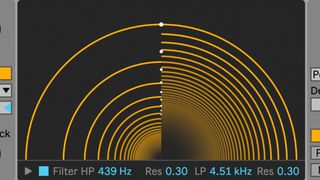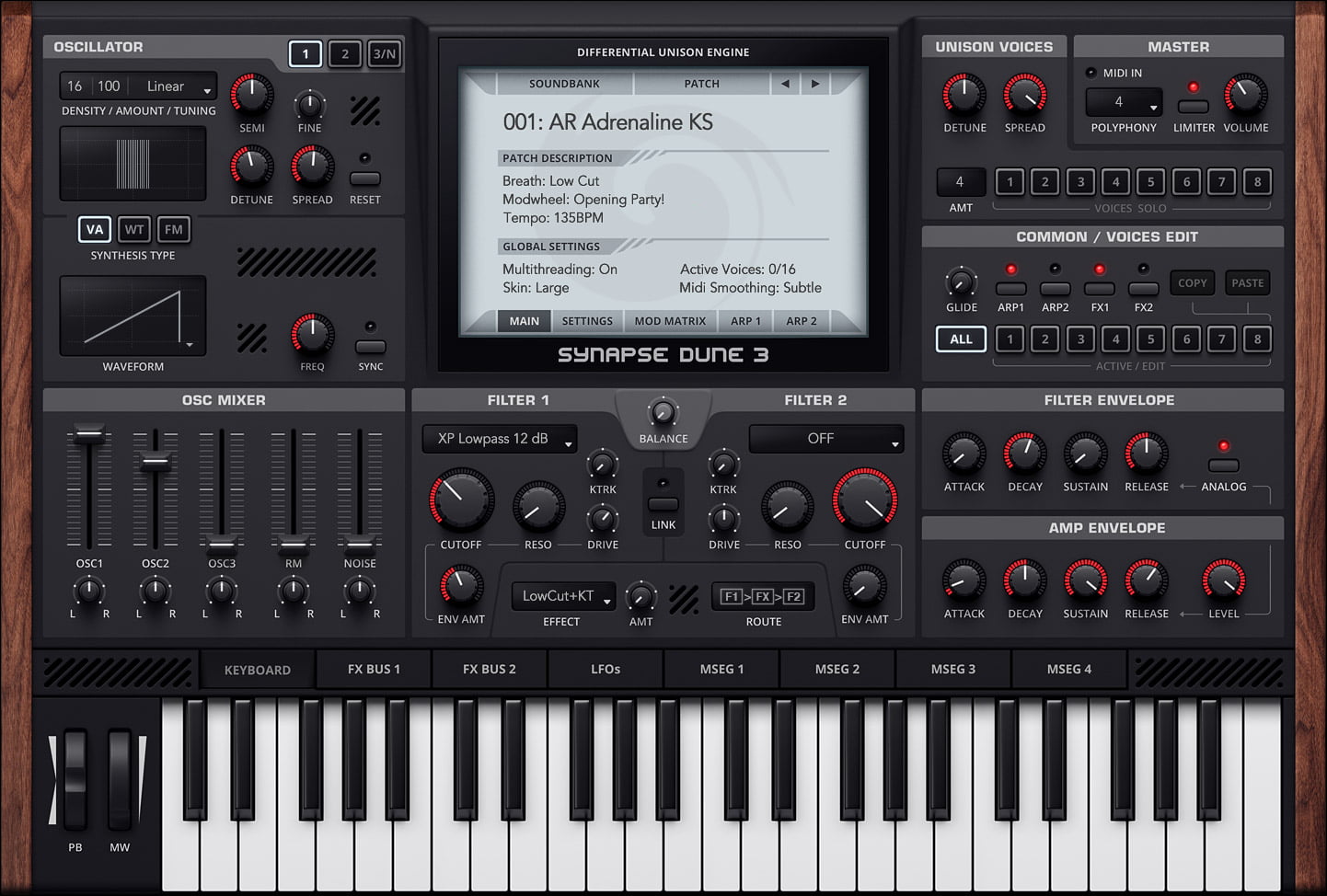 The new and improved Dune 3 is now even better than previous versions. Not onl;y sounding superior but now with a great wavetable editor and dual filters. The FX section has also been expanded with many excellent presets and fantastic EQ's. Nice also to see a dual arpeggiator. Only thing missing really is still no drag and drop modulation and the choice of colored skins has dissapeared. All in all though this is a formidable synth with superlative fat lush sounds.
The new and improved Dune 3 is now even better than previous versions. Not onl;y sounding superior but now with a great wavetable editor and dual filters. The FX section has also been expanded with many excellent presets and fantastic EQ's. Nice also to see a dual arpeggiator. Only thing missing really is still no drag and drop modulation and the choice of colored skins has dissapeared. All in all though this is a formidable synth with superlative fat lush sounds.DUNE 3 builds on the award-winning DUNE 2 synthesizer, adding frequently requested features and innovative ideas, to create the best DUNE experience ever!
DUNE 3 comes with many new patches crafted by expert sound designers. Since DUNE 3 is fully patch-compatible with DUNE 2, it includes its presets as well,
doubling the factory library size to more than 1000 patches.
The revised filter section in Dune 3 now sports a dual multimode filter plus an insert effect. Different routing modes like serial/parallel and seamless blend via the Balance knob allow for unlimited creative input! New filter types have been added as well, and include zero-delay feedback filters derived from our latest analog modeling technology. For creative applications, new insert effects like the formant/vowel filter or phaser greatly increase the range of sound design possibilities.
Dual Arpeggiator
Two arpeggiator units instead of just one greatly increase the sound design capabilities of DUNE 3. The Arpeggiators can be programmed independently and support both classic Up/Down arps, as well as playing back different sequences or even MIDI files. Furthermore, new features like the Random mode or programmable Arp Hold make the arpeggiator more powerful than ever before!
Improved oscillators
At the heart of DUNE 3 are its powerful oscillator blocks. DUNE 3 supports VA, FM and Wavetable synthesis. With a maximum reserve of 8320 oscillators at full polyphony, DUNE 3 is a true unison monster, unlikely to ever run out of oscillators.
New in DUNE 3 is the "Swarm" mode, an evolution of the classic Supersaw oscillator.
Each oscillator gets its own subtle modulation in this mode, breathing a lot more life into the sound than possible previously!
New effects algorithms
DUNE 3 offers many new effect algorithms in all categories like Distortion, Chorus, Phaser, EQ, Delay and Reverb.
One of the most important additions is the new Equalizer, which sports technology from our GQ-7 Graphic Equalizer rack extension.
Designed as a professional mixing and mastering equalizer, the new EQ offers four bands with high-quality parametric and shelving EQs, plus two additional low- and high cut filters with variable slopes. All filters in the EQ are designed to handle modulation without artifacts, such that the EQ can be used for creative purposes outside the realm of traditional EQ applications.
Another great new effect algorithm is the new Shimmer Hall, an exclusive feature of DUNE 3 - ideal for lush ambient sounds, wonderful pads and leads!
Wavetable Editor
The new Wavetable editor introduced in DUNE 3 is one of the most powerful around. Waveforms can be created via free-hand drawing, segments, a dedicated partial editor or by entering formulas. A variety of functions like morphing, fade in/out, normalize, DC remove, Invert/Reverse make creating new wavetables a breeze. Waveforms and Wavetables can be imported and exported in WAV format and are thus compatible with a wide range of third party software.
 Acid Pro has been around for as long as i can remember and has always been a very intuitive and easy to use DAW with its paintable loops etc. It has been though,and stiil is, left behind by far more capable DAWs such as Ableton and Stdio One. The recent update doesn't really add anything new to the table, except it's now 64 bit and cosmetic wise it is now a lot more pleasing on the eye. Still a great DAW (especially for beginners) if still a tad dated though, compared to the competition.
Acid Pro has been around for as long as i can remember and has always been a very intuitive and easy to use DAW with its paintable loops etc. It has been though,and stiil is, left behind by far more capable DAWs such as Ableton and Stdio One. The recent update doesn't really add anything new to the table, except it's now 64 bit and cosmetic wise it is now a lot more pleasing on the eye. Still a great DAW (especially for beginners) if still a tad dated though, compared to the competition.